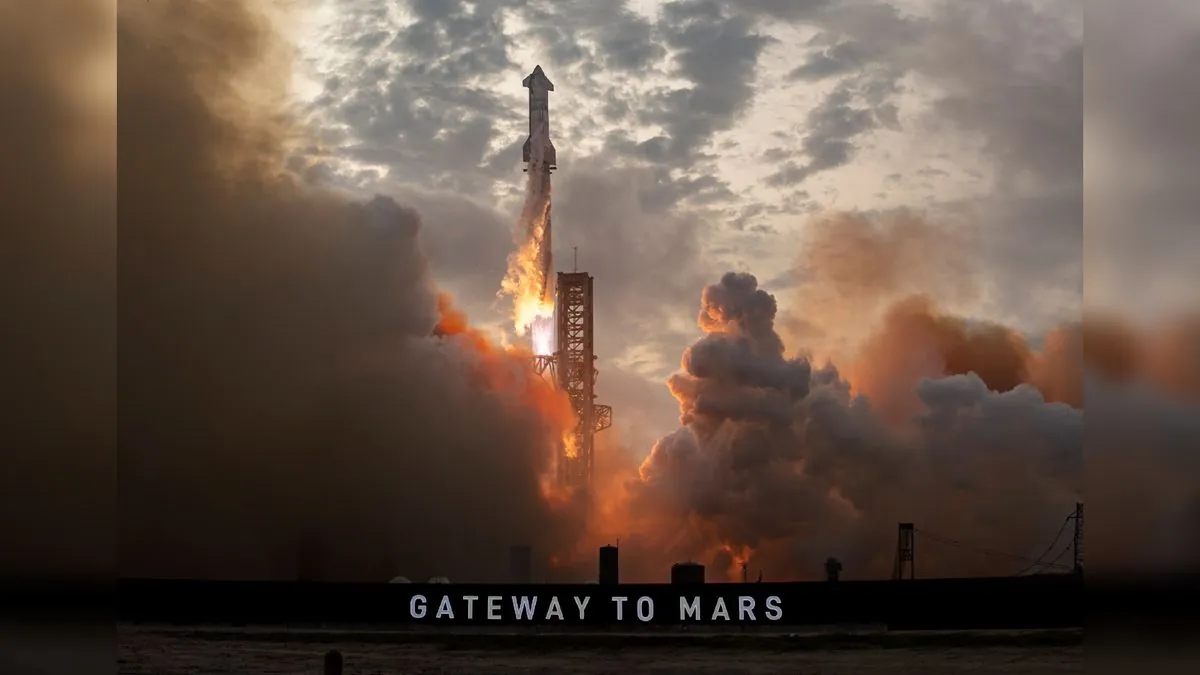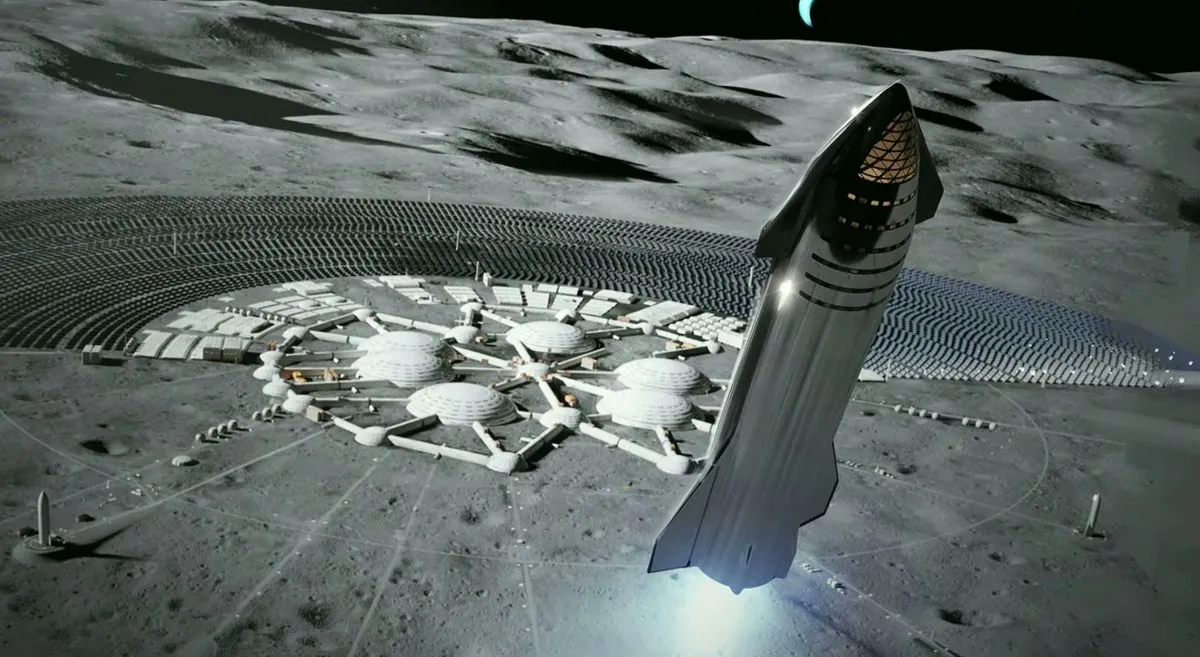SpaceX Sets Ambitious Mars Mission Timeline, Balancing Uncrewed and Crewed Flights
SpaceX plans five uncrewed Starship missions to Mars by 2026, with crewed missions potentially following in 2028 or 2030, depending on success. Elon Musk's evolving timelines reflect the challenges of interplanetary exploration.

Elon Musk, CEO of SpaceX, has unveiled an ambitious plan for Mars exploration, announcing intentions to launch approximately five uncrewed Starship missions to the Red Planet by 2026. This timeline aligns with the next Earth-Mars transfer window, a period occurring approximately every 26 months when the planets' orbits are favorably aligned for interplanetary travel.
The success of these initial uncrewed missions will play a crucial role in determining the timeline for the first crewed expedition to Mars. Musk stated that if the uncrewed flights achieve safe landings, human missions could potentially launch as early as 2028. However, if significant challenges arise, the timeline for crewed missions may be extended to 2030.
It's worth noting that Musk's projections for Mars missions have frequently evolved. Earlier this year, he suggested that the first uncrewed Starship could land on Mars within five years, with human landings following within seven years. These shifting timelines reflect the complex nature of interplanetary exploration and the technological hurdles that must be overcome.

SpaceX has made significant strides in its Starship development program. In June 2024, a Starship rocket successfully completed a full test mission, surviving a hypersonic return from space and achieving a breakthrough landing demonstration in the Indian Ocean. This accomplishment marked a crucial step towards realizing Musk's vision of a versatile, next-generation spacecraft capable of transporting both people and cargo to the Moon and Mars.
The Starship project is not only central to SpaceX's ambitions but also plays a vital role in NASA's plans for lunar exploration. The space agency has selected Starship as the landing system for its Artemis program, which aims to return humans to the Moon. However, NASA recently announced a delay in the Artemis 3 mission, pushing the first crewed moon landing in over half a century to September 2026.
"You want to wake up in the morning and think the future is going to be great - and that's what being a spacefaring civilization is all about. It's about believing in the future and thinking that the future will be better than the past. And I can't think of anything more exciting than going out there and being among the stars."
As SpaceX continues to refine its Starship technology, it's important to consider the numerous challenges associated with Mars exploration. The Martian atmosphere is composed of about 95% carbon dioxide, necessitating advanced life support systems for any human presence. Additionally, the planet's gravity is only 38% of Earth's, which could have significant long-term effects on human physiology during extended missions.
Radiation exposure is another critical concern, with estimates suggesting that a Mars mission could subject astronauts to about 60% of their lifetime radiation limit. Furthermore, the vast distances involved create communication delays of up to 20 minutes each way between Earth and Mars, complicating real-time mission control and support.
Despite these challenges, the potential for scientific discovery and human advancement continues to drive interest in Mars exploration. The concept of in-situ resource utilization (ISRU) on Mars could potentially allow future astronauts to produce oxygen and fuel from the Martian atmosphere, marking a significant step towards sustainable off-world habitation.
As SpaceX progresses with its Mars mission plans, the coming years will likely see increased focus on addressing these challenges and refining the technologies necessary for successful interplanetary travel and colonization.


































